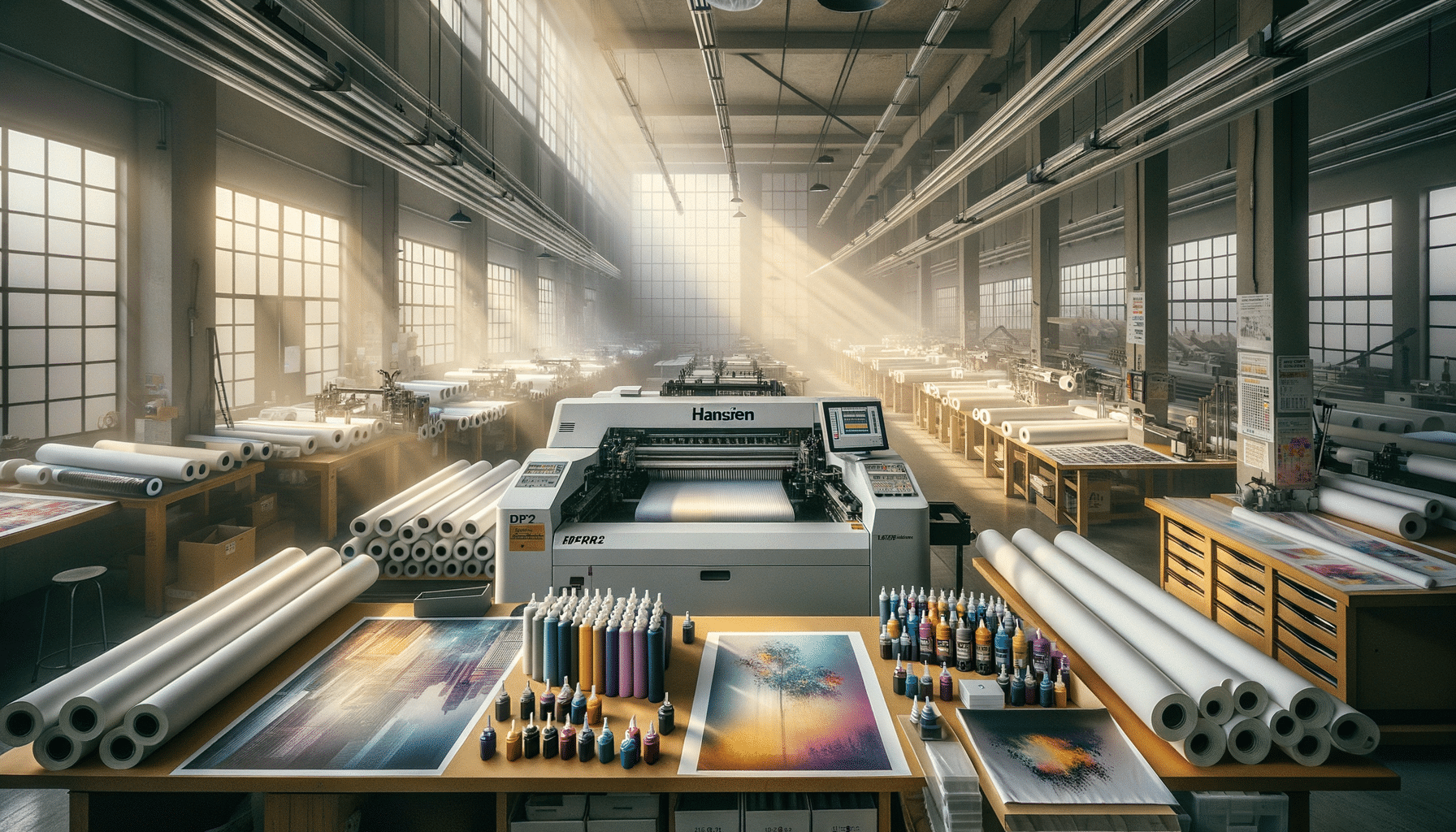
Affordable DTF Printers: Ideal for Startups and Small Businesses
Introduction to DTF Printing Technology
Direct-to-Film (DTF) printing is increasingly becoming a favored method for creating custom apparel designs. Unlike traditional screen printing or direct-to-garment (DTG) printing, DTF uses a special transfer film to apply designs onto textiles. This innovation has significantly impacted the textile industry, offering a versatile and cost-effective solution for designers and businesses alike. The ability to produce high-quality prints on various fabric types makes DTF printers an attractive option for startups and small businesses looking to expand their product offerings.
The DTF process involves printing a design onto a special film, coating it with an adhesive powder, and then transferring it onto the fabric using heat. This method allows for vibrant color reproduction and intricate details, qualities that are highly valued in the fashion and promotional products industries. With the increasing demand for personalized and bespoke apparel, DTF printers are providing businesses with the tools they need to meet and exceed customer expectations.
Advantages of DTF Printers for Small Businesses
For small businesses and startups, the investment in a DTF printer can be a game-changer. One of the primary advantages is the cost-effectiveness of the printing process. Unlike traditional methods that require separate screens for each color, DTF printing can handle multicolored designs without additional setup costs. This flexibility makes it easier for businesses to offer a wide range of designs without the need for large initial investments.
Additionally, DTF printers are known for their versatility. They can print on a wide variety of materials, including cotton, polyester, and blends, without compromising the quality of the print. This capability is particularly beneficial for businesses that want to diversify their product lines. Furthermore, the durability of DTF prints ensures that the designs remain vibrant and intact after multiple washes, which is a crucial selling point for consumers.
Another advantage is the relatively low maintenance compared to other printing technologies. DTF printers do not require frequent cleaning or complex maintenance procedures, allowing business owners to focus more on production and less on upkeep. This efficiency can lead to increased productivity and profitability over time.
Comparing DTF with Other Printing Methods
When evaluating printing technologies, it’s essential to consider how DTF stacks up against other methods such as screen printing and DTG printing. Screen printing, while effective for large batch orders, is less economical for small runs due to the setup costs associated with creating screens for each color. In contrast, DTF printing eliminates these setup costs, making it more suitable for small to medium-sized orders.
Direct-to-garment (DTG) printing is another popular choice, particularly for its ability to print directly onto textiles. However, DTG is limited by the types of fabrics it can print on, often struggling with polyester and non-cotton blends. DTF printing, on the other hand, is not restricted by fabric type, offering greater flexibility and broader application possibilities.
Moreover, the quality of prints from DTF printers is often superior in terms of color vibrancy and detail. The adhesive powder used in the DTF process helps to create a strong bond between the print and the fabric, resulting in a durable finish that withstands washing and wear. For businesses focusing on quality and longevity, DTF presents a compelling option.
Choosing the Right DTF Printer for Your Needs
Selecting the right DTF printer requires careful consideration of several factors, including budget, production capacity, and specific business needs. For startups and small businesses, affordability is often a critical factor. Fortunately, the market offers a range of DTF printers that cater to different budgetary constraints without compromising on quality.
When evaluating options, businesses should consider the printer’s speed and efficiency. A printer that can handle high volumes without sacrificing quality is ideal for growing businesses. Additionally, ease of use is another important factor. Many DTF printers come with user-friendly interfaces and software that simplify the design and printing process, reducing the learning curve for new users.
It’s also advisable to consider the availability of support and resources from the manufacturer. A reliable customer support system can be invaluable, especially for businesses new to DTF printing technology. Access to training materials, troubleshooting guides, and technical support can help ensure a smooth transition and ongoing success in using the printer.
Conclusion: Embracing DTF Printing for Business Growth
DTF printing technology offers numerous advantages that make it an appealing choice for startups and small businesses looking to enhance their custom apparel offerings. Its cost-effectiveness, versatility, and high-quality output enable businesses to meet diverse customer needs while maintaining profitability. As the demand for personalized and unique designs continues to rise, embracing DTF printing can position businesses for growth and success in the competitive textile market.
By carefully selecting the right DTF printer and leveraging its capabilities, businesses can expand their product lines, improve their production efficiency, and ultimately, increase their market share. As more companies recognize the potential of DTF printing, it is likely to become an integral part of the textile industry’s evolution, driving innovation and creativity in custom apparel production.


